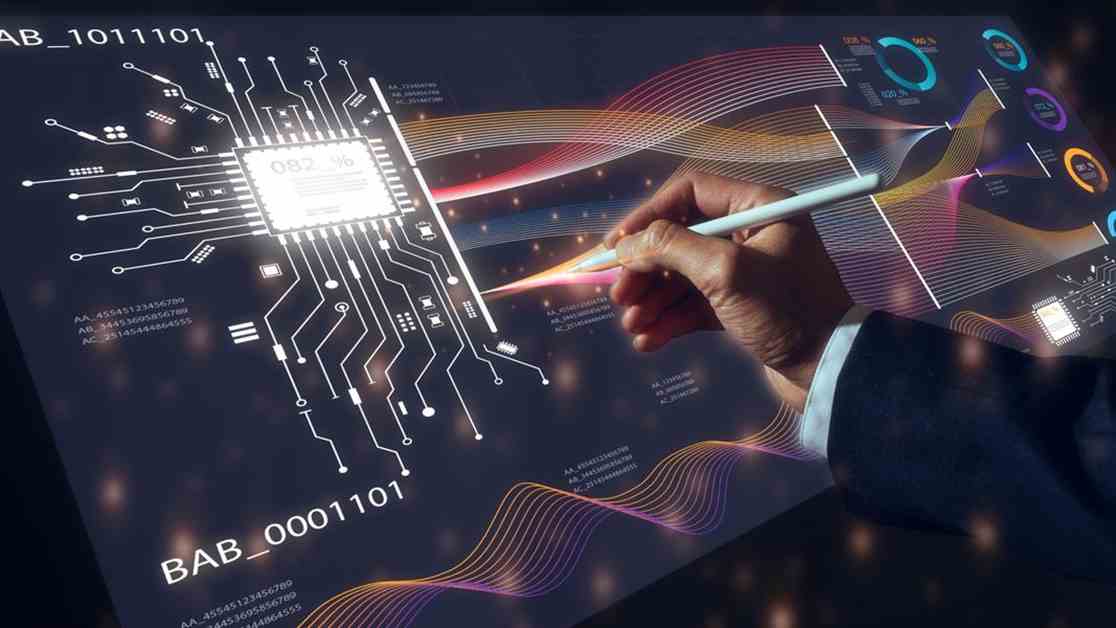DevSecOps, which blends security into the software development lifecycle, is changing how we approach cybersecurity and software engineering. As technology advances rapidly, incorporating DevSecOps principles is crucial for managing risks, promoting collaboration, and delivering secure software products.
Exploring the trends in DevSecOps gives us a glimpse of the future where security, agility, and innovation will shape the digital landscape. Here are some insights from Forbes Technology Council members on how these trends will impact development strategies and the industry as a whole:
1. ASPM Becomes Standard: Application security posture management (ASPM) is becoming a staple in the development tech stack, integrating security into DevOps seamlessly. This shift will make security an inherent part of the software development lifecycle, eliminating the need to distinguish between DevSecOps and traditional development processes.
2. DevSecOps Evolution: DevSecOps is expanding in all directions and incorporating generative AI. From continuous integration and delivery to ideation, design, deployment, and scaling, DevSecOps is evolving rapidly. This multidirectional growth is enhancing security practices across the board.
3. ML Integration Boosts Efficiency: Machine learning integration in DevSecOps will automate security tasks, improve threat detection, and adapt to new risks continuously. This integration will enhance software development efficiency and cybersecurity resilience.
4. Automated Security Testing Standard: DevSecOps is increasingly adopting automated security testing in the software development pipeline. AI-driven tools are accelerating this trend by enabling early identification and resolution of vulnerabilities, leading to faster and more secure software delivery.
5. Business-Centric Automation: DevSecOps is bridging the gap between security and DevOps, focusing on continuous monitoring, improvement, and automation. The ease of automation and coding will transform the role and skill sets of DevSecOps practitioners, making them more business-centric.
6. AI Co-Pilots Drive Efficiency: AI co-pilots are reshaping various aspects of coding, debugging, documentation, and vulnerability scanning. By adopting a shift-left approach and emphasizing security as code, companies can enhance software tools, improve efficiency, and accelerate learning.
7. AI-Driven Security Automates Threat Response: Integrating AI-driven security practices in DevSecOps will streamline threat detection and response, ensuring faster and more reliable software deployments. This approach is crucial for companies aiming to innovate securely while keeping pace with market demands.
8. SaaS-Based Security Tools Advance DevSecOps: Leveraging software as a service-based security tools in the ETL pipeline will propel the advancement of DevSecOps. This shift will enhance software security and data protection processes, ensuring a resilient infrastructure for the future.
9. Security Controls Embedded in CI/CD Pipeline: Integrating security controls and automated testing into the CI/CD pipeline early on will enable faster identification and resolution of vulnerabilities. This shift toward shift-left security and security as code will enhance software security practices.
10. PaC Manages Security Policies: Policy as code, particularly with Open Policy Agent, will play a significant role in managing and enforcing security policies across different infrastructures. This advancement will ensure unified security policy management regardless of the underlying technology stack.
11. Model-Based Systems Engineering Enhances Security: Integrating model-based systems engineering with DevSecOps for mission-critical systems will enable early detection of security issues. This proactive approach will facilitate compliant and secure deployment of highly dependable systems.
12. Edge Computing Strengthens Network Security: Edge computing in DevSecOps will improve threat response and reduce latency by processing data closer to its source. This trend will enhance decentralized network security, offering real-time defenses against emerging cyber threats.
13. AI and ML Refine Security Protocols: Automation and refinement of security protocols using AI and machine learning will reduce human error and enhance response times to security threats. This integration will create more resilient and secure software systems, transforming the cybersecurity landscape.
14. Just-In-Time Access Reduces Identity Risks: Providing just-in-time access to DevSecOps personnel will minimize identity-related risks in security breaches. Dynamic, fine-grained access controls can help prevent unauthorized access to organizational assets, including customer data.
15. Container Security Prioritized: As containerization gains popularity, ensuring the security of containerized environments becomes crucial. Prioritizing container security will mitigate risks and prevent security breaches in deployments, with tailored tools addressing container-specific challenges.
16. Quantum Encryption Enhances Cybersecurity: Quantum encryption integrated with DevSecOps will revolutionize cybersecurity by neutralizing traditional threats. This advancement will lead to more secure digital environments, surpassing current security standards.
As the field of DevSecOps continues to evolve, these trends will shape the future of software development and cybersecurity, emphasizing the importance of integrating security practices into every stage of the development lifecycle. Embracing these trends will not only enhance efficiency and resilience but also drive innovation in the digital landscape.




